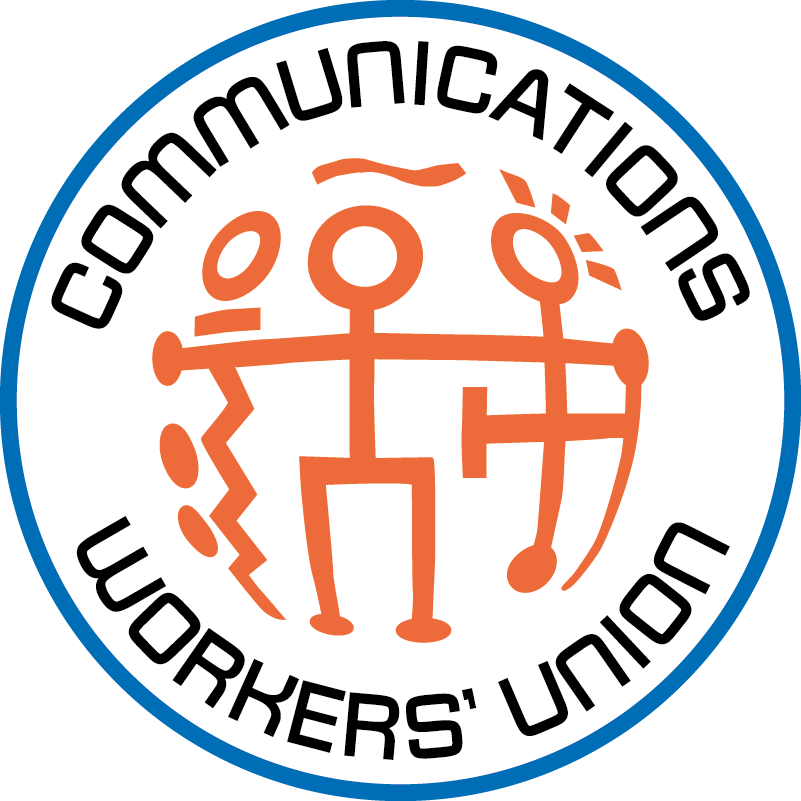Maternity Leave
What am I entitled to?
Maternity Leave consists of 26 consecutive weeks’ paid leave plus the option to avail of 16 weeks’ additional unpaid Maternity Leave to all eligible employees. At least 2 weeks must be taken before the end of the week of the baby’s expected birth and at least 4 weeks after. You can decide thereafter how to take the remaining weeks.
Who is entitled to the leave?
The entitlement to a basic period of Maternity Leave from employment extends to all female staff, regardless of how long they have been working for the employer or the number of hours worked per week. If you are a casual employee, you may not have these entitlements and you should check with your union rep and company policy accordingly.
Also as of 3 July 2023, all the rights and protections outlined also apply to transgender men who are pregnant or have given birth. To avail of this leave you must have a gender recognition certificate in accordance with the Gender Recognition Act 2015.
What do fixed-term employees get?
If you are on a fixed-term contract you are still entitled to full maternity leave, however, if the fixed-term contract ends then your maternity leave ends on the same day. If you become entitled to a permanent contract or continues in employment following the expiry of the current contract, then you are entitled to continue on maternity leave.
Will I be paid?
If you have sufficient PRSI contributions, then you may be entitled to Maternity Benefit from the Department of Social Protection (DSP). Your Entitlement to pay and superannuation during maternity leave depends on the terms of your contract of employment, however your employer may top up any maternity benefit that you are entitled to.
How do I apply?
You must notify the employer in writing as soon as reasonably practicable, but no later than 4 weeks before the beginning of the leave and should provide a medical certificate specifying the expected week of confinement.
If you wish to avail of additional maternity leave, then again 4 weeks written notice is required before the day on which her additional maternity leave is due to commence.
What am I entitled to for Ante Natal and Post-Natal medical appointments?
This is known as maternity related leave and refers to paid time off for attendance at ante-natal and post-natal medical appointments, as well as time off for attendance at ante-natal classes. For medical appointments, notice should be given to the employer as soon as possible and where practical at least two weeks’ notice of the first medical visit. After that you should produce your appointment card as evidence of attendance and give as much notice as possible.
Can my employer restrict my time off for medical visits?
No, you are entitled to as much time off as is necessary to attend each visit. This includes the time travelling to and from the visit.
What about my ante-natal classes?
You are entitled to time off without loss of pay for attendance at one set of antenatal classes, (other than the last three classes in the set). Again, you must notify your employer in writing of the times and date of each class as soon as possible and at least two weeks before the date of the first class.
What is the father entitled to?
Male employees are entitled to, on a once off basis, paid time off to attend the last two antenatal classes before the birth.
What about breastfeeding breaks?
You are entitled to time off from work or reduced working hours to allow breastfeeding. Please refer to your company circular for further information.
What about my employment rights?
In addition to above employees are protected from dismissal or suspension when on maternity leave and are entitled to return to their normal job or a similar position with same pay and grade.
Who conducts the pregnancy risk assessment?
The employer has a duty to assess the workplace for hazards which may pose a risk to you, the pregnant employee on notification of pregnancy.
Typical risks may include:
- Manual Handling
- Prolonged Standing
- Longer Working Hours – Overtime
- Cycling and Seat Belt Wearing
- Night or Shift Work
What happens if the risk assessment deems my workspace unsafe?
In the first instanced the employer should make all attempts to alter your work or attendance in order to remove the risk. If, however, where your continued presence at work, during the pregnancy or immediately after maternity leave, would put you or your child’s health at risk and that risk cannot be removed, then you will be granted health and safety leave.
Do I get paid during this health and safety leave?
You are entitled to full pay for the first three weeks of Health and Safety Leave which will reckon as service. You should check with your union representative or company policy to see what arrangements are in place regarding moving to sick pay at this stage. You may quality for Health and Safety Benefit through the Department of Social Protection.
